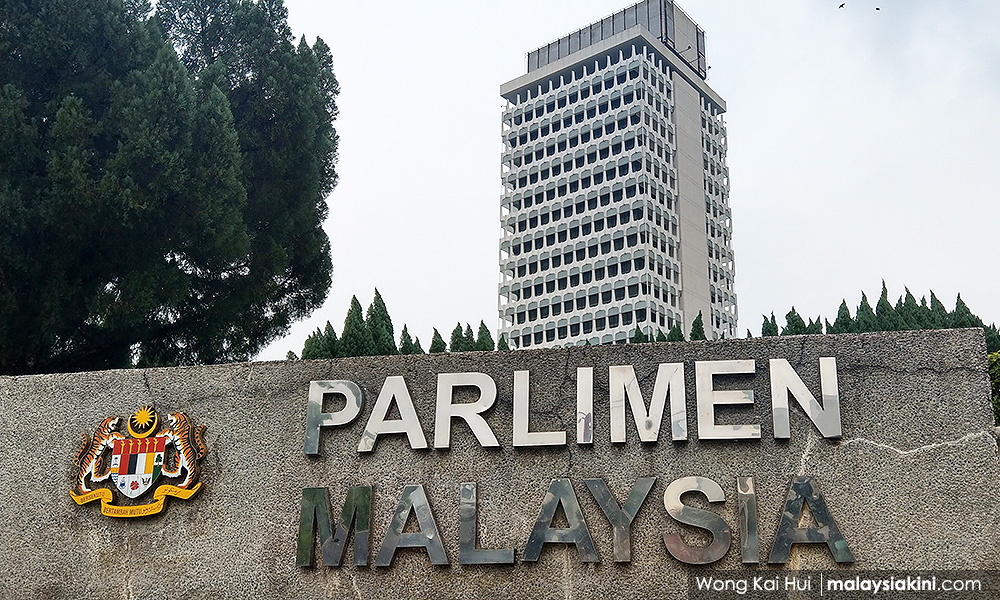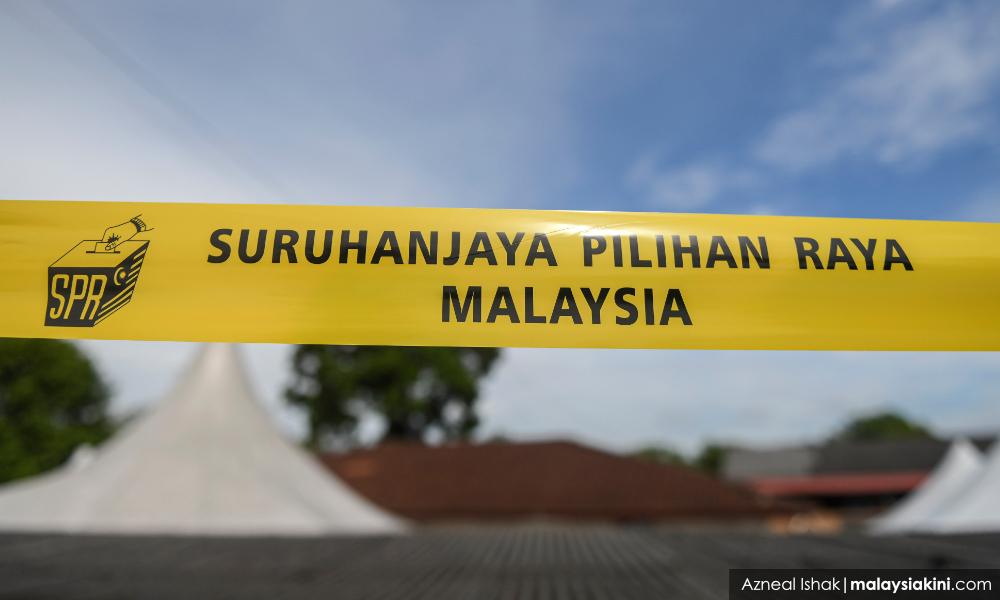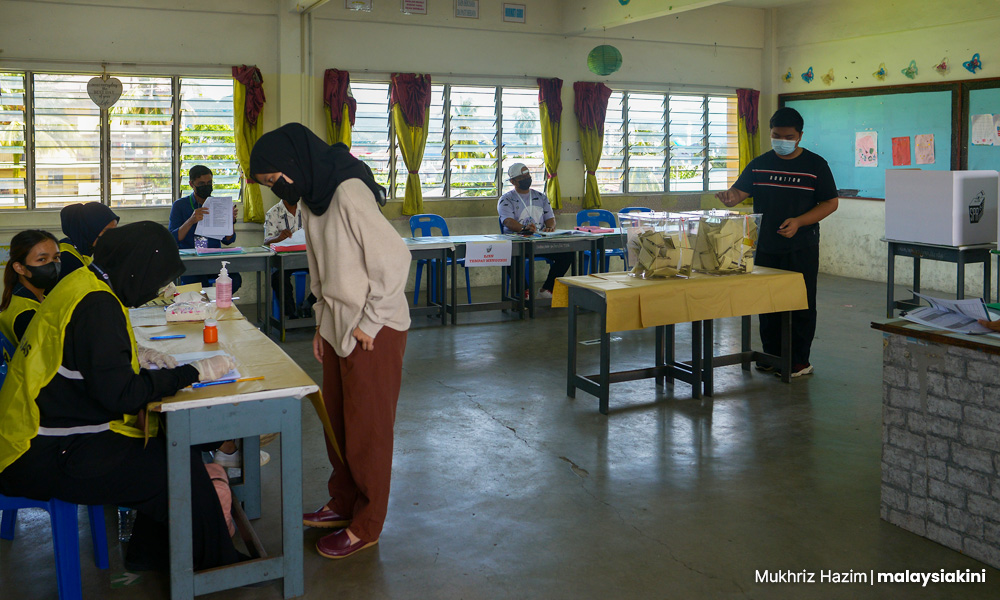Unfair electoral boundaries remain an unaddressed contentious issue in Malaysia.
While we are very accustomed to terms like malapportionment and gerrymandering and having unfair redelineation exercises bulldozed through, I would like to open your eyes to a rare peculiarity in the redelineation process.
Since 1957, we had outcomes of three redelineation exercises either annulled or withdrawn before the boundaries were used for elections. These redelineation exercises provided useful lessons on how to advocate the redelineation process correctly.
There are a few principles one must understand about redelineation. The drawing of electoral boundaries has two major components – apportionment (the process where seats in a legislative body are distributed among administrative divisions like states) and redelineation (drawing those seats).
Up to 1973, the Election Commission (EC) had the powers to apportion (with exception of areas under Sabah and Sarawak) and to redelineate constituencies.
Up to 1962, the EC had the full powers to redelineate without the interference of the prime minister and Parliament.
Today, the EC is reduced to a mere consultant for redelineation. Redelineation exercises are done separately for Malaya, Sabah and Sarawak. With these in mind, we shall explore 1960, 1973 and 1992 redelineation exercises in this two-part series.
Fairness: 1960 Malayan redelineation exercise
Our Merdeka era Constitution presented the best template for the formation of fair boundaries. This paved way for what could be the last fair redelineation exercise in Malaysian history.
The Constitution made it clear that one of the three responsibilities of the EC was to delimit (alternate word of redelineate) constituencies of the Dewan Rakyat and state legislative assembly (original Article 113 (1)).
Article 114 stated the appointments for membership of the EC (ie commissioners) “shall have regard to the importance of securing an Election Commission which enjoys public confidence”.
Our original Article 46 only defined the total number of members of the Dewan Rakyat and this allowed the EC to allocate parliamentary constituencies for every state.

Our original Article 116 had clauses (3), (4), (5) which defined the limits on the disparity of constituency electorate sizes and set the expectations for voters of every state to be treated equally. As per Article 116 (3), (4), (5), the EC has to calculate the Electoral and Population Quota of the State and Federation.
Electoral Quota (EQ) is defined as the division of the number of electors by the total number of constituencies of a state/federation.
The EC has to first apportion parliamentary constituencies to different states with dual consideration of population and electorate size.
At the state level, the EC has to calculate the EQ uniquely for the state and no constituency shall have an electorate size exceeding +/-15 percent of the EQ. Constituencies are drawn with consideration of the distribution of different communities, densities and means of communication.
When Malaya became independent in 1957, Article 46 stated that the total number of first Dewan Rakyat members shall be 104 and subsequently be 100 until the next census.
Article 171 (repealed in 1963) determined the number of state assembly constituencies for every state (only applicable for first state elections after Merdeka).
The independent EC carried out the 1958 redelineation to comply with the requirement of 104 Dewan Rakyat and 282 state constituencies for the first post-Merdeka elections. In line with Article 46, the EC carried out the 1960 redelineation exercise for the slightly shrunken Dewan Rakyat size of 100 and Article 171 no longer applies.
The EC made efforts to ensure the apportionment process enables equal voting strength of electors throughout Malayan states.

As the Dewan Rakyat shrank from 104 to 100, some states gained parliamentary constituencies (Penang and Malacca) and some lost parliamentary constituencies (Perak, Negeri Sembilan, Johor, Pahang and Terengganu) due to population and electoral count.
Since equalisation of electoral constituencies must be made concurrently for parliamentary and state constituencies (and parliamentary and state constituencies are geographically related), EC explicitly advocated the principle of simple multiple.
This principle (implied in the 1957 Constitution, codified in 1962 and repealed in 1983) stated the number of state constituencies shall be the same or multiple of the number of parliamentary constituencies of a given state.
For example, Perak will have 19 parliamentary seats and the EC suggested the Perak state government amend the state constitution to state 38 state assembly seats (19x2).
The 1960 redelineation report turns out to be a loud advocate of this principle. With the exception of Perak and Johor, all states witness either a small increase or no change for the state assembly seats.
Moving from apportionment, the EC delineated constituencies with some major principles. Racial differences shall not be a consideration for delineation. The EC even aspired constituencies to be racially mixed and ‘typical’ of the Federation where possible.
Moreover, travelling distances particularly for electors to cast their votes shall be short as possible. All parts of the constituency are easily accessible from a central place for the purposes of elections and service work of future elected representatives (for his/her future travels).
The EC explicitly mentioned that it is not possible to have electoral boundaries coincide with administrative boundaries. No constituency is to be separated by a mountain range, arm of sea or area of inaccessible jungles.

In order to meet the requirements of equalisation and the ability of voters to cast their votes with ease, the EC directed that the polling districts – building blocks of constituencies – of over 1,500 electors (rural areas) and 3,000 (urban areas) be broken down.
This ensures these building blocks can facilitate the formation of constituencies that are within +/-15 percent of the EQ. Polling districts were closely related to population distribution and considerations of polling stations were taken into account.
The 1960 redelineation exercise resulted in a small disparity gap between the largest and smallest parliamentary constituencies (electorate size). The largest constituency (Pasir Puteh, Kelantan) was 1.5 times larger than smallest constituency (Malacca Tengah, Melaka).
While there were clear requirements to adhere to deviation limits of +/-15 percent of the EQ, unfortunately, the EC drew 10 state assembly constituencies that were oversized or undersized.
With some exceptions, the above exercise has shown valuable learnings to form fair electoral boundaries. The majority of the lessons correspond to Tindak Malaysia’s stance on redelineation.
The outcome of the 1960 redelineation exercise alarmed the ruling government. The ruling government tried to remove the independent EC chairperson (but failed), made constitutional amendments that eroded EC’s independence and annulled the 1960 redelineation exercise.
The Dewan Rakyat seat count (in 1962) was reinstated to 104 members, strict equalisation criteria were removed and the EC lost final powers on the redelineation exercise.
The 1960 redelineation exercise was mentioned briefly in the 1984 Malayan redelineation report but nowhere to be found on EC’s website. Furthermore, any determination of the next redelineation cycle made no reference to the 1960 redelineation exercise (Article 113 (7), (8)).
The 1960 Redelineation Exercise remains the last fair redelineation exercise where all voters among and within the states of Malaya were treated equally.
Conclusion
We can see that an independent EC and robust constitutional principles are two foundations for fair boundaries in Malaysia.
In the upcoming second part of the series, we will continue our study of the 1967-69/71-73 and 1992 redelineation exercises. We will delve deeper into the implications of the 1962, 1973 and 1984 constitutional amendments in the next redelineation exercises.
DANESH PRAKASH CHACKO is a research analyst working on applying mapping technologies to various Sustainable Development Goals (SDG) projects at Sunway University. He is also the director of the electoral reform group Tindak Malaysia. - Mkini




No comments:
Post a Comment
Note: Only a member of this blog may post a comment.